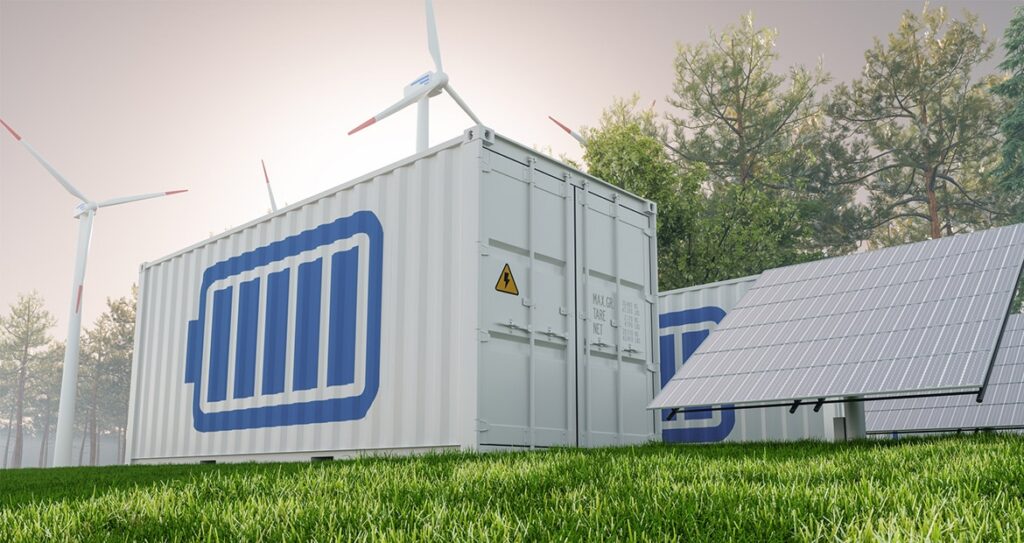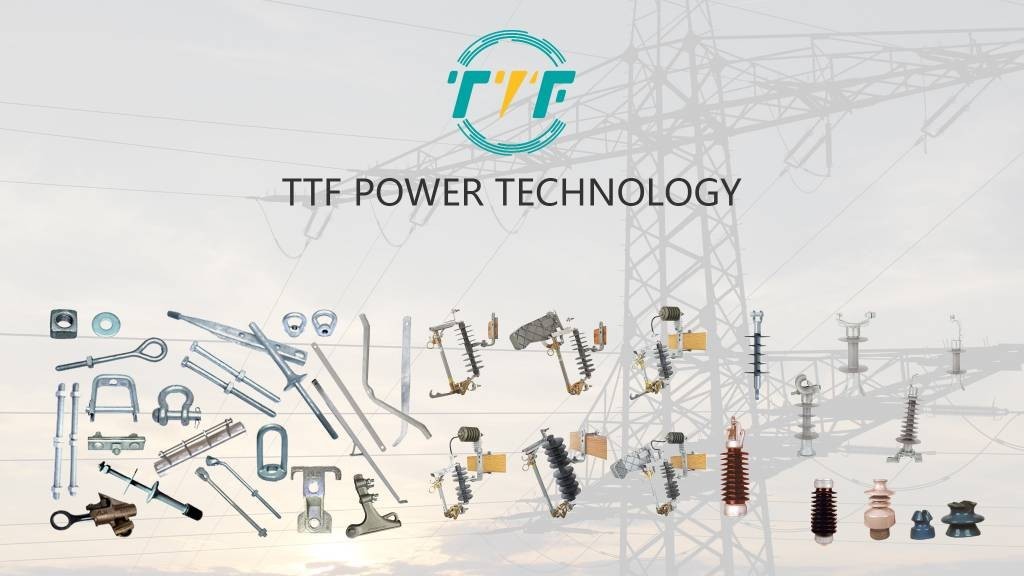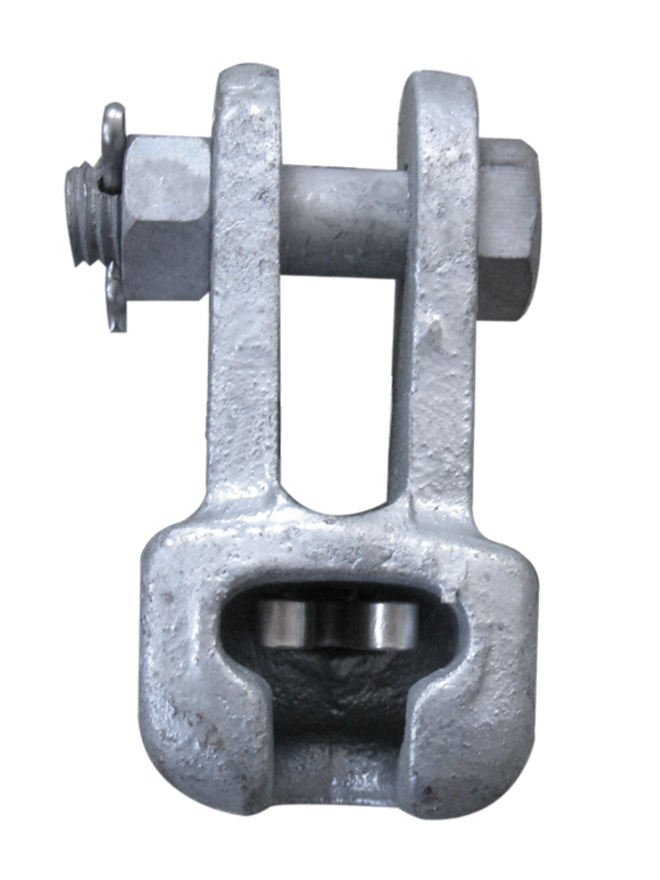
The global battery market for energy storage systems is expected to expand in South America from 2025 to 2029. The growth of renewable energy and the shift away from fossil fuels contribute to a sustainable energy future. Additionally, there is an increase in the use of microgrids and smart grids. These technologies need battery storage systems to accumulate surplus energy and provide it during peak demand hours. Battery storage offers a method to keep surplus energy produced during high generation times and distribute it when consumption is reduced. This allows for the modernization of the grid, along with stability and reliability. Many South American nations are implementing grid modernization projects to enhance efficiency. Battery storage systems offer grid aid services including frequency regulation, voltage support, and peak shaving. A socket clevis provides a secure and reliable connection point for electrical conductors.
A high-quality socket clevis ensures the secure, efficient, and safe operation of the battery storage systems. Socket clevises ensure the electrical connections that are secure and stable. This reduces the risk of disconnections or loose connections that could lead to system failures. It also helps ensure efficient charge and discharge processes. Socket clevises simplify the installation process by providing an easy-to-use connection method. This helps streamline the setup of BESS and reduce the installation time and labor costs. Clevises made from robust materials are able to withstand harsh environmental conditions. This is including high temperatures, humidity, and corrision. Battery energy storage systems play a crucial role in providing grid support services. The specific type of socket clevis used depend on the battery chemistry, cell designs, and application requirements.
The function of batteries in energy storage systems for modernizing the grid
Modernizing the grid aids in boosting the incorporation of renewable energy, improving dependability, and accommodating the rising energy requirements. Batteries for energy storage solutions allow for a flexible, resilient, and efficient electrical grid. They allow the area to tackle issues related to renewable energy integration, improve grid resilience, and promote sustainable development. TTF is a world-class global provider of high quality overhead line hardware, transmission hardware, distribution hardware, conductors, insulators, cutout switches, anchoring and grounding products. Outlined below are the roles of BESS in enhancing grid modernization across South America.

- Handling the unpredictability of renewable energy – sources such as solar and wind energy exhibit variability. Batteries capture excess energy when production is high and discharge it when availability decreases. BESS aids in preserving voltage and frequency stability by reacting to variations.
- Enabling decentralized energy systems – batteries ease the creation of microgrids that offer energy independence for isolated regions. The systems additionally ease off-grid renewable solutions to lessen dependence on diesel generators.
- Enhancing grid infrastructure – BESS can postpone the necessity for expensive grid expansions and improvements. Distributed battery systems cut losses during transmission.
- Facilitating energy market development – battery storage systems allow grid operators and energy producers to engage in energy trading through energy storage. Management of BESS powered by AI optimizes energy distribution and guarantees effective performance.
- Shift to renewable energy – BESS allows for a greater incorporation of renewables in their energy portfolio. This assists in reaching carbon reduction objectives. Batteries ease the energy-demanding procedure of generating green hydrogen.
Functions of a socket clevis in batteries for energy storage systems
A socket clevis aids in the connection and support of components like battery terminals and busbars. Countries like Chile, Argentina, and Brazil have large-scale battery storage systems to store intermittent energy from renewables. Socket clevises contribute too reduced downtime, improved efficiency, and support for grid stability. With the growing solar and wind projects need the use of socket clevises for reliability and efficient operation. The following are the functions of a socket clevis in battery energy storage systems.

- Mechanical connection – a socket clevis aids in connecting batteries to the structural system. It ensures proper alignment and prevents stress on battery terminals caused by vibration.
- Electrical stability – socket clevises ensure a secure connection between the terminals and electrical busbars. This reduces the risk of loose connections that could cause arcing.
- Durability – socket clevises made from corrosion-resistant materials provide durability and reliability in harsh conditions.
- Safety enhancement – the clevises help maintain the integrity of battery connections and reduce the risk of short circuit. By doing so, they prevent system failures or fires.
- Scalability and modularity – socket clevises allow for modular setups which makes it easier to add or replace battery units with increased energy demand.